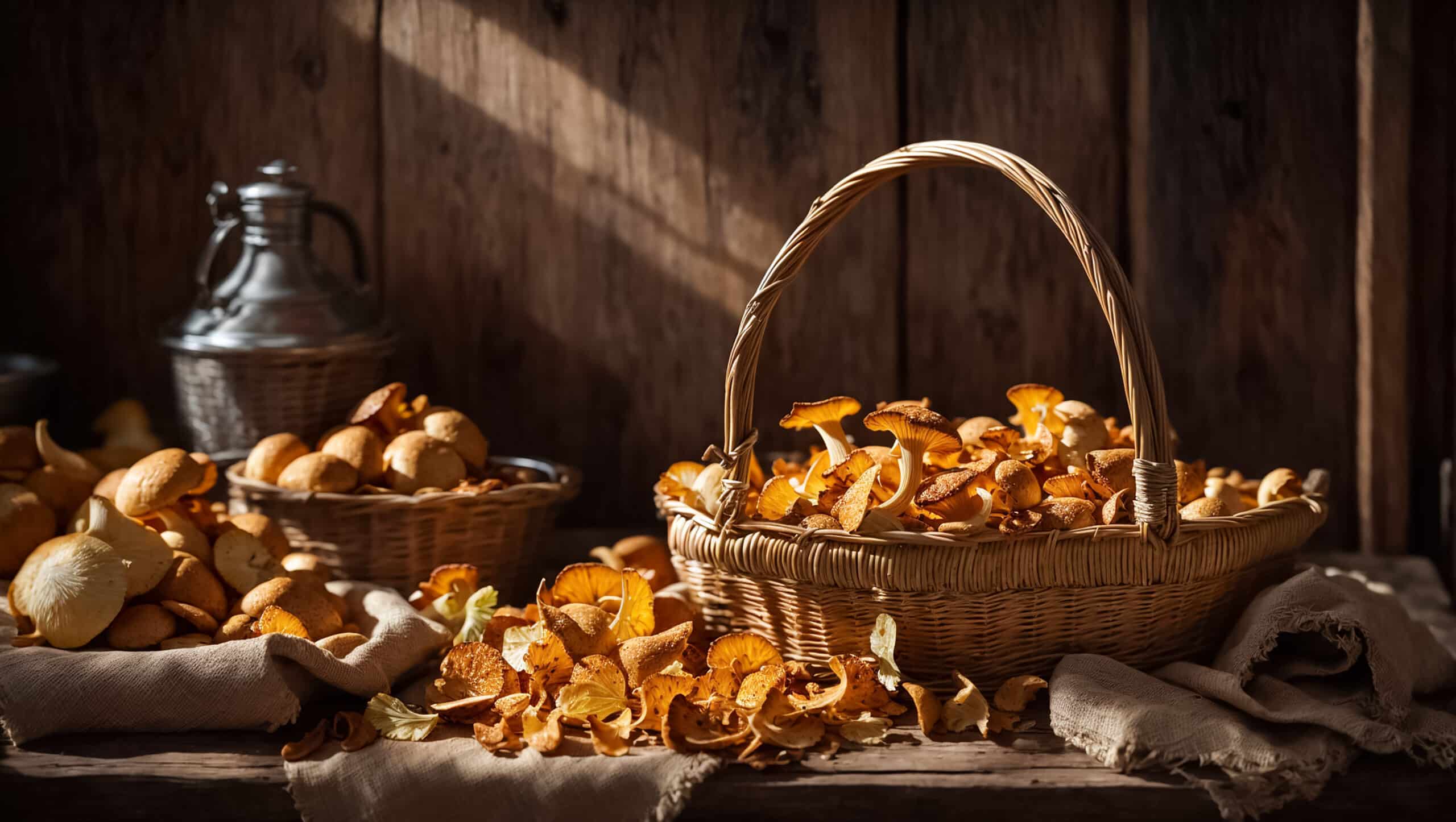How to Harvest and Eat Chicken of the Woods Mushroom
Key Takeaways
- The readiness of Chicken of the Woods mushrooms can be determined by assessing their appearance, texture, and size.
- To minimize damage to the mycelium, it is best to cut the mushroom at the base instead of pulling or twisting it out.
- Chicken of the Woods mushrooms are low in calories, high in nutrients, and possess several health benefits, including antioxidant, antibacterial, and anti-inflammatory properties.
Chicken of the Woods mushrooms, scientifically known as Laetiporus, are a popular edible fungus that can be found growing on trees in forests. With their vibrant colors and meaty texture, they are not only visually appealing but also delicious when prepared correctly. In this article, we will explore how to harvest and eat Chicken of the Woods mushrooms, including tips for identifying and harvesting them, as well as various cooking methods and their health benefits.
Harvesting Chicken of the Woods
When it comes to harvesting Chicken of the Woods mushrooms, there are a few key factors to consider. The readiness of the mushroom can be determined by assessing its appearance, texture, and size. It is best to harvest the mushroom when it is young and vibrant in color, typically around 4 to 8 inches in diameter.
To minimize damage to the mycelium, the underground network of fungal threads that produce mushrooms, it is advisable to cut the mushroom at the base instead of pulling or twisting it out. This ensures the continued growth and sustainability of the mushroom colony.
However, it is crucial to exercise caution and confidence in mushroom identification before consuming. If you are uncertain about the identification of a particular mushroom, it is always best to consult an expert or forage with someone knowledgeable in mushroom identification.
Preparing Chicken of the Woods for Cooking
Before cooking Chicken of the Woods mushrooms, it is essential to clean them thoroughly. Remove any dirt, debris, or insects that may be attached to the mushroom. You can use a soft brush or a damp cloth to gently wipe the mushroom’s surface.
Once cleaned, Chicken of the Woods mushrooms can be prepared in various ways. They can be blanched, fried, sautéed, or baked, depending on your preference and the recipe you are following. These versatile mushrooms can be used in a wide range of dishes, such as pasta dishes, risotto, rice dishes, soups, stews, and even as a topping for meats.
A simple and delicious preparation involves sautéing the mushrooms with shallots, garlic, white wine, and fresh thyme. This combination of flavors enhances the natural taste and texture of the mushroom, resulting in a mouthwatering dish.
Health Benefits of Chicken of the Woods
Chicken of the Woods mushrooms not only provide a unique culinary experience but also offer several health benefits. These mushrooms are low in calories and high in nutrients, making them a healthy addition to your diet.
They are rich in minerals, vitamins, and vegetable proteins, and also contain trace elements. Chicken of the Woods is a good source of vitamin C, vitamin A, potassium, and water. These nutrients contribute to overall well-being and support various bodily functions.
Additionally, Chicken of the Woods mushrooms possess several medicinal properties. They have antioxidant, antibacterial, and anti-inflammatory properties, which can help in boosting the immune system and reducing inflammation in the body. These mushrooms also exhibit anti-carcinogenic properties, making them potentially beneficial in preventing certain types of cancer. Furthermore, they may have hormonal balancing properties and could be useful in the treatment of diabetes.
Conclusion
Harvesting and eating Chicken of the Woods mushrooms can be a rewarding experience for mushroom enthusiasts and culinary enthusiasts alike. By following proper harvesting techniques, ensuring accurate mushroom identification, and exploring various cooking methods, you can enjoy the unique flavors and health benefits that these mushrooms offer.
Remember to always exercise caution when foraging for wild mushrooms and consult experts or reliable sources to ensure proper identification. With its vibrant colors, meaty texture, and numerous health benefits, Chicken of the Woods is indeed a fungi worth exploring in the culinary world.
Related Websites:
FAQs:
Q: What makes chicken of the woods mushroom unique?
Chicken of the woods mushroom is unique due to its vibrant orange color, soft and tender texture, and its ability to taste similar to chicken when cooked. This makes it a popular choice for vegetarians and vegans as a meat substitute.
Q: Where can I find chicken of the woods mushroom?
Chicken of the woods can typically be found in forests, particularly on or near decaying tree stumps or logs. It has a preference for growing on hardwood trees such as oak, maple, and chestnut.
Q: How can I identify chicken of the woods mushroom?
Chicken of the woods can be identified by its bright orange or yellow color, its shelf-like growth pattern, and its soft and spongy texture. It is important to note its distinct appearance to avoid any potential confusion with poisonous look-alike mushrooms.
Q: What are some popular cooking methods for chicken of the woods mushroom?
Chicken of the woods can be cooked using various methods such as sautéing, grilling, or even used as an ingredient in vegetarian/vegan dishes. Its unique texture and flavor make it a versatile mushroom that can be enjoyed in different cuisines.
Q: Are there any safety precautions when foraging for chicken of the woods mushroom?
When foraging for mushrooms, it is crucial to accurately identify chicken of the woods and avoid any poisonous varieties. It is also important to be aware of potential allergic reactions or interactions with medications. If in doubt, it is recommended to consult with a healthcare professional.






